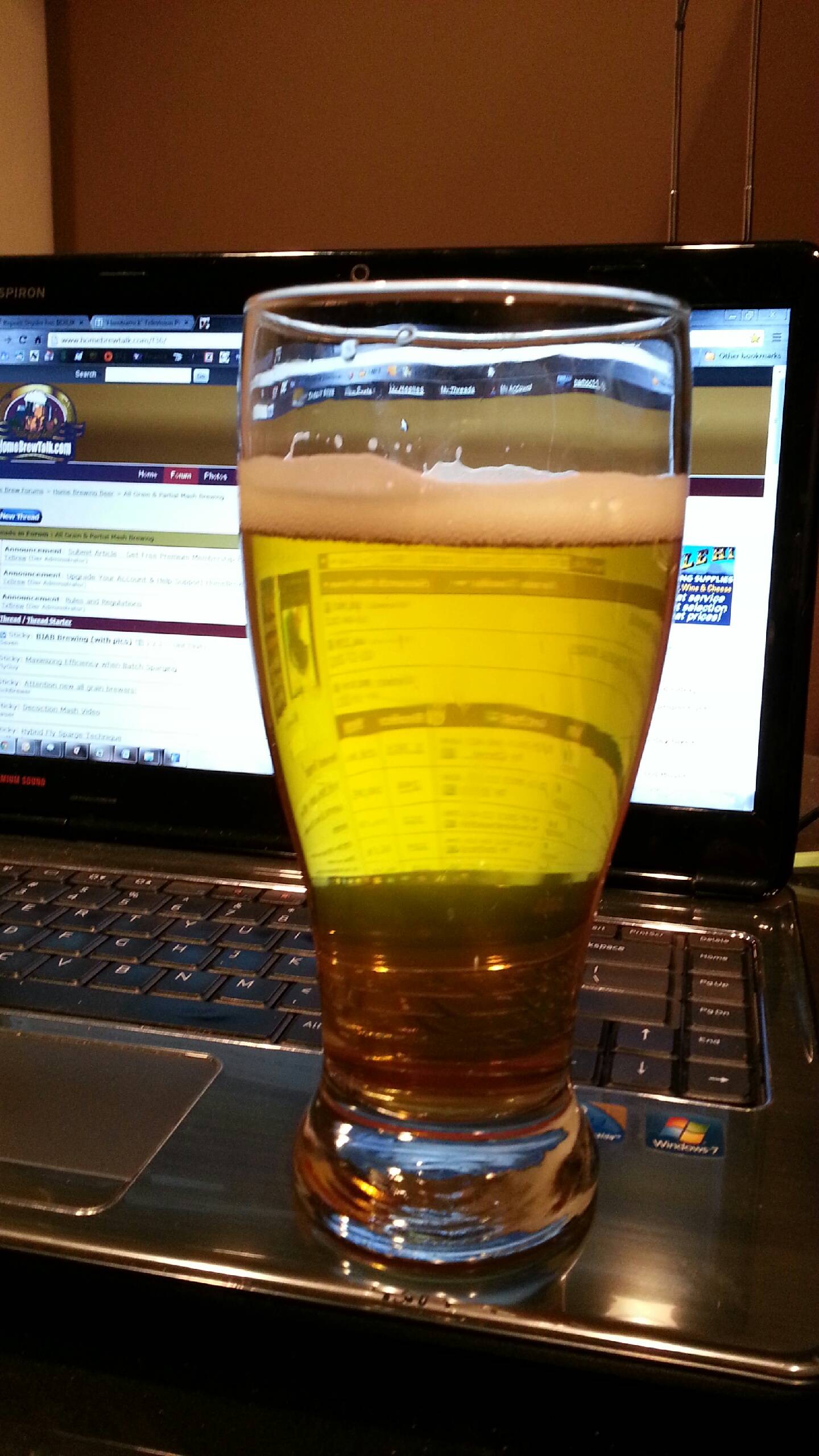- Joined
- Nov 17, 2007
- Messages
- 79
- Reaction score
- 4
i like to leave the primary for 4 weeks. then rack to kegs, force carb. and lager for 4 more weeks. when i make lagers i make a ten gallon batch and keg it into one 5 gallon keg and two 2.5gallon kegs. this is really nice b/c once i crack into that last 2.5gallon keg its been lagering for 2 plus months at that point and is usually the best of the batch.


































![Craft A Brew - Safale BE-256 Yeast - Fermentis - Belgian Ale Dry Yeast - For Belgian & Strong Ales - Ingredients for Home Brewing - Beer Making Supplies - [3 Pack]](https://m.media-amazon.com/images/I/51bcKEwQmWL._SL500_.jpg)
























 . I do remember Ayinger brewery having the biggest pork schnitzels you could find. I'm talking a plate covering size portion on top of a mound of frys. And the beer was pretty awesome too.
. I do remember Ayinger brewery having the biggest pork schnitzels you could find. I'm talking a plate covering size portion on top of a mound of frys. And the beer was pretty awesome too.
